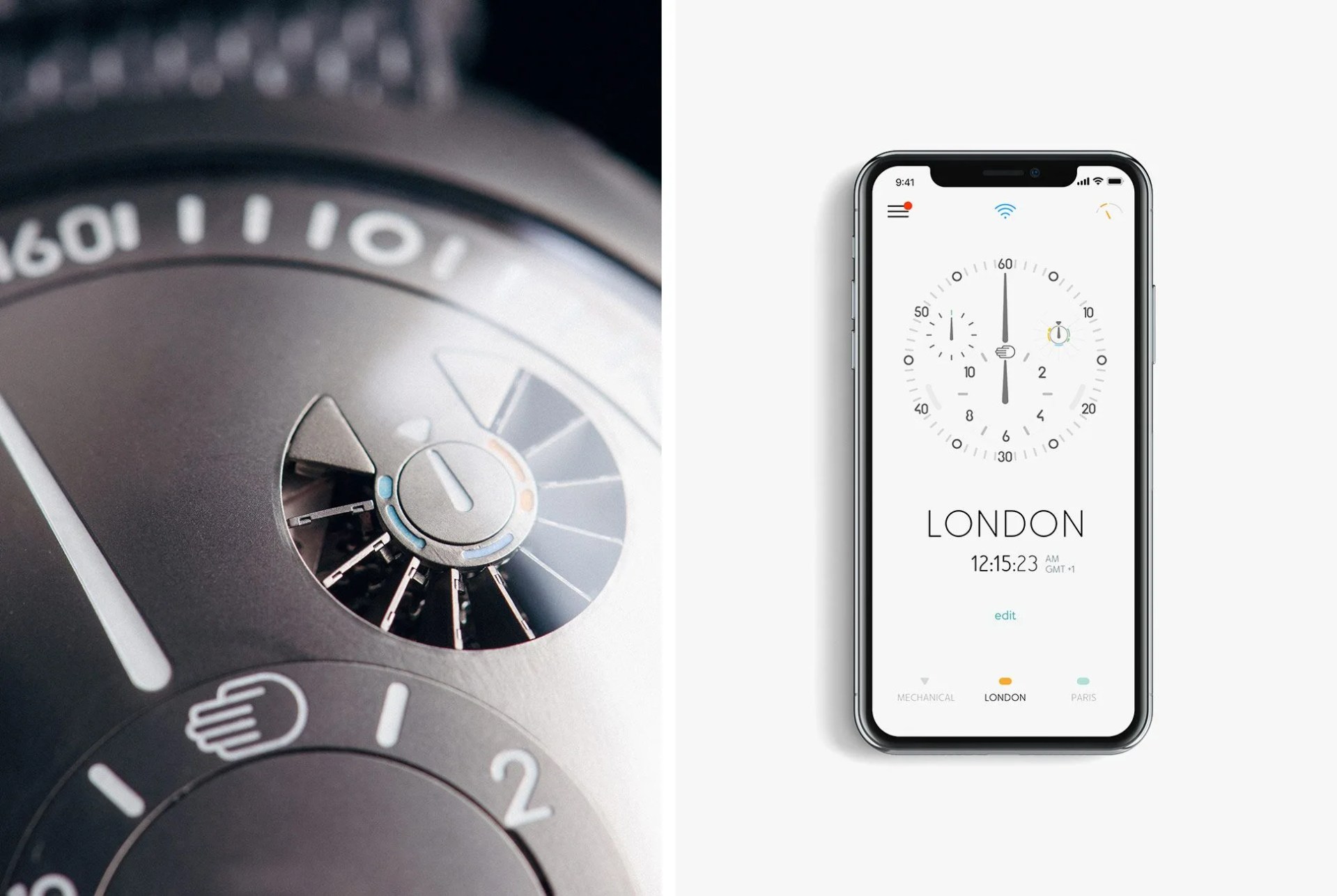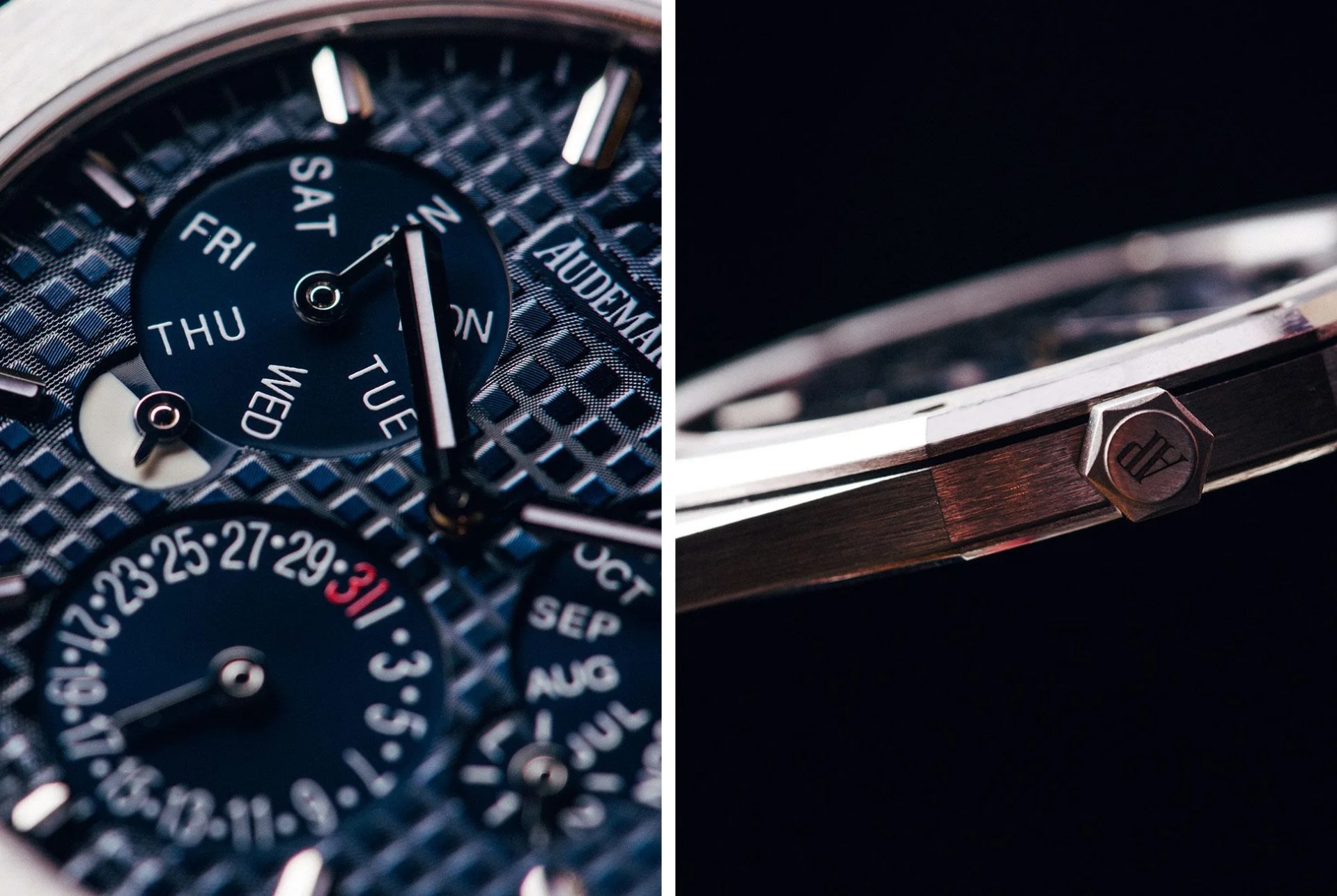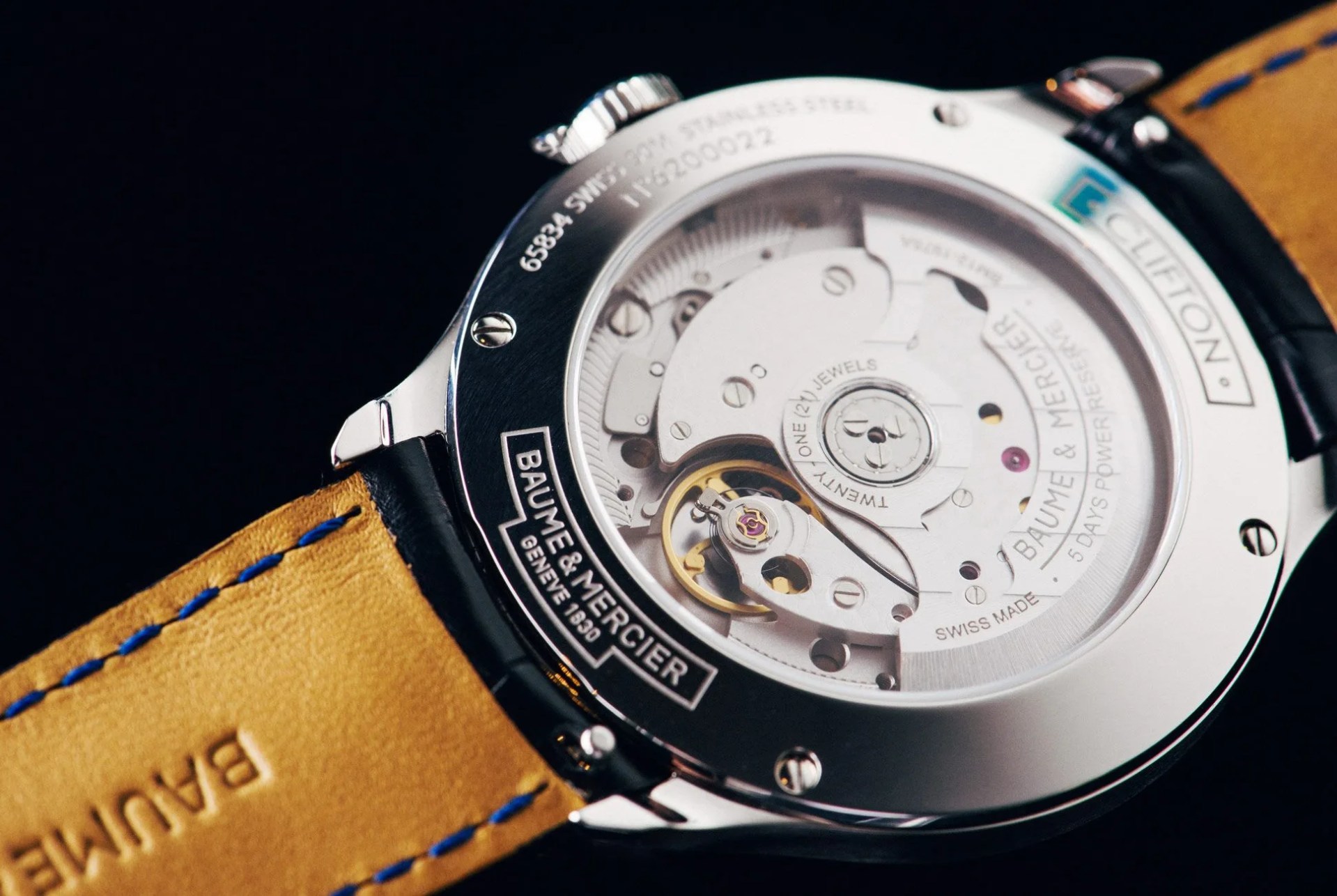Every year, the Salon International de la Haute Horlogerie (SIHH) is a pageantry of over-the-top watches, insane movements and exquisite finishing. This year was no different — complex movements, precious metals and world-class designs were all present. The show’s modus operandi has been, traditionally, to serve as an exhibition of the artistry of watchmaking. But horology is defined as the study of time as both an art and a science, and a funny thing happened this year: the show’s heaviest-hitting pieces skewed more towards the latter.
Take for instance one of the show’s biggest departures from mechanical watchmaking, the Ressence Type-2 e-Crown. With the help of Tony Fadell — one of the creators of the iPod and the founder of Nest Labs — the independent brand’s new watch is one of the few timepieces to augment a mechanical movement with electronics. A wearer will set the time, then an electro-mechanical system uses that time as a reference, then self-regulates throughout the day. If you take the e-Crown off and it stops running, the watch will know precisely what time to reset to once it’s running again. It can also pair to a smartphone via Bluetooth, and will automatically adjust time zones when traveling based on your smartphone’s super-accurate clock.
Mechanical watchmakers, generally, try to solve these problems with chronometer accuracy, long power reserves and wold time functions. But this is the first time a watchmaker has used electronics to enhance the functionality and user experience of a mechanical timepiece. It’s a tactic not dissimilar to the growing market of GPS, Bluetooth and radio-enabled quartz watches that use outside time signals to keep accurate time. Right now, the piece is just a concept, but a production version is reportedly coming later this year.

The potential of this electronically-augmented future is enticing, but most of the other innovations this year came from restructuring and rethinking traditional mechanical movements. This seemed to manifest itself in the fast-growing realm of absurdly-thin watches. For instance, Piaget debuted its Altiplano Ultimate Concept, which, at just 2mm thick, holds the record for the thinnest mechanical watch in the world. It did so by integrating the movement baseplate and case into one piece, then replacing bridges and jewels with ball bearings. According to the brand, it took four years and five patents to perfect.

Similarly, Audemars Piguet debuted the RD#2 concept, the thinnest perpetual calendar in the world, at 6.3mm thick. Quite the feat, given that perpetual calendars are some of the most complicated movements in watchmaking, requiring multiple levels of machinery. Essentially, the complication is stacked on top of a base movement. Audemars Piguet, however, was able to fit the entire guts of the movement into one layer, by simplifying and integrating components that used to serve specific functions, most notably the cams and gears for the calendar functions.


